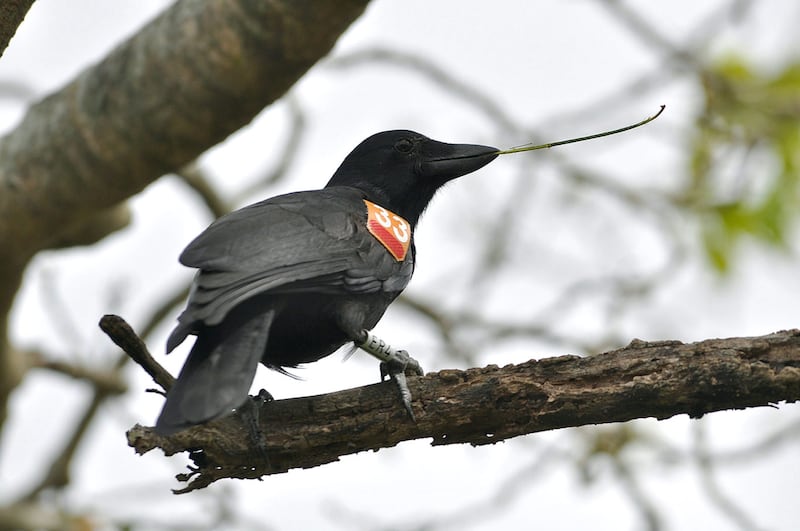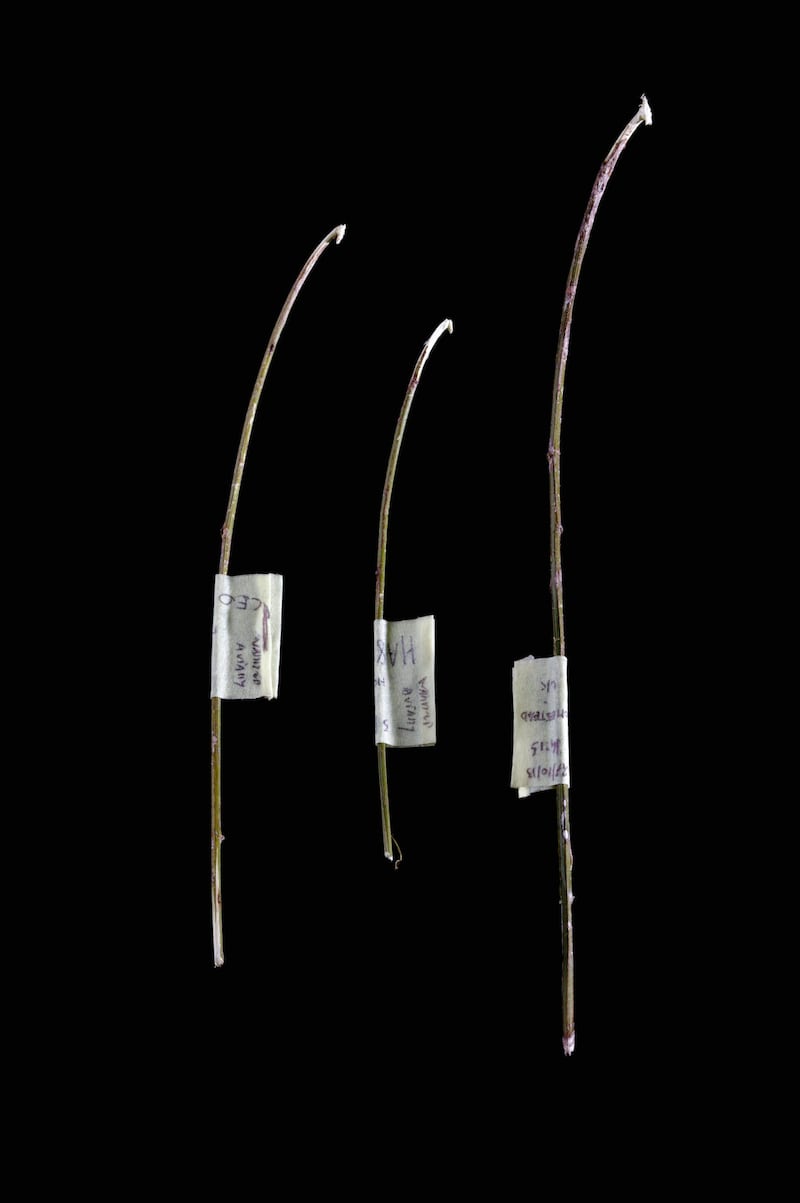Love of fast food has led intelligent crows to fashion elaborate hook tools from twigs, a study has shown.
Famously clever New Caledonian crows are known for their ability to winkle beetle grubs out of forest trees using sticks.
But some of the birds are not content with ordinary straight foraging sticks. They go to the trouble of whittling their wooden tools into carefully crafted hooks.
Now scientists in Scotland believe they know the reason why.

Hook-shaped tools allow the crows to scoop up hidden food several times faster than the more basic design.
Lead researcher Dr James St Clair, from the University of St Andrews, said: “It’s a painstaking sequence of behaviours.
“Crows seek out particular plant species, harvest a forked twig, and then – firmly holding it underfoot – carve, nibble and peel its tip, until it has a neat little hook.”

The team carried out tests to see how long it took wild-caught crows to extract food using different shaped twig tools.
The findings, published in the journal Nature Ecology & Evolution, showed that hooked tools were between two and 10 times more efficient than straight sticks.
Co-author Professor Christian Rutz, also from the University of St Andrews, said: “Our results highlight that even relatively small changes to tool designs can significantly boost foraging performance.
“We’ve all heard that the early bird gets the worm. In the case of the New Caledonian crow, it’s the skilled hook-maker that gets the worm, or at least it gets many more worms than its less-crafty neighbours.”
The birds live on the remote tropical island of New Caledonia in the South Pacific, where the scientists conducted their field work.
Crows were kept in field aviaries for the experiments before being released back into the wild.








